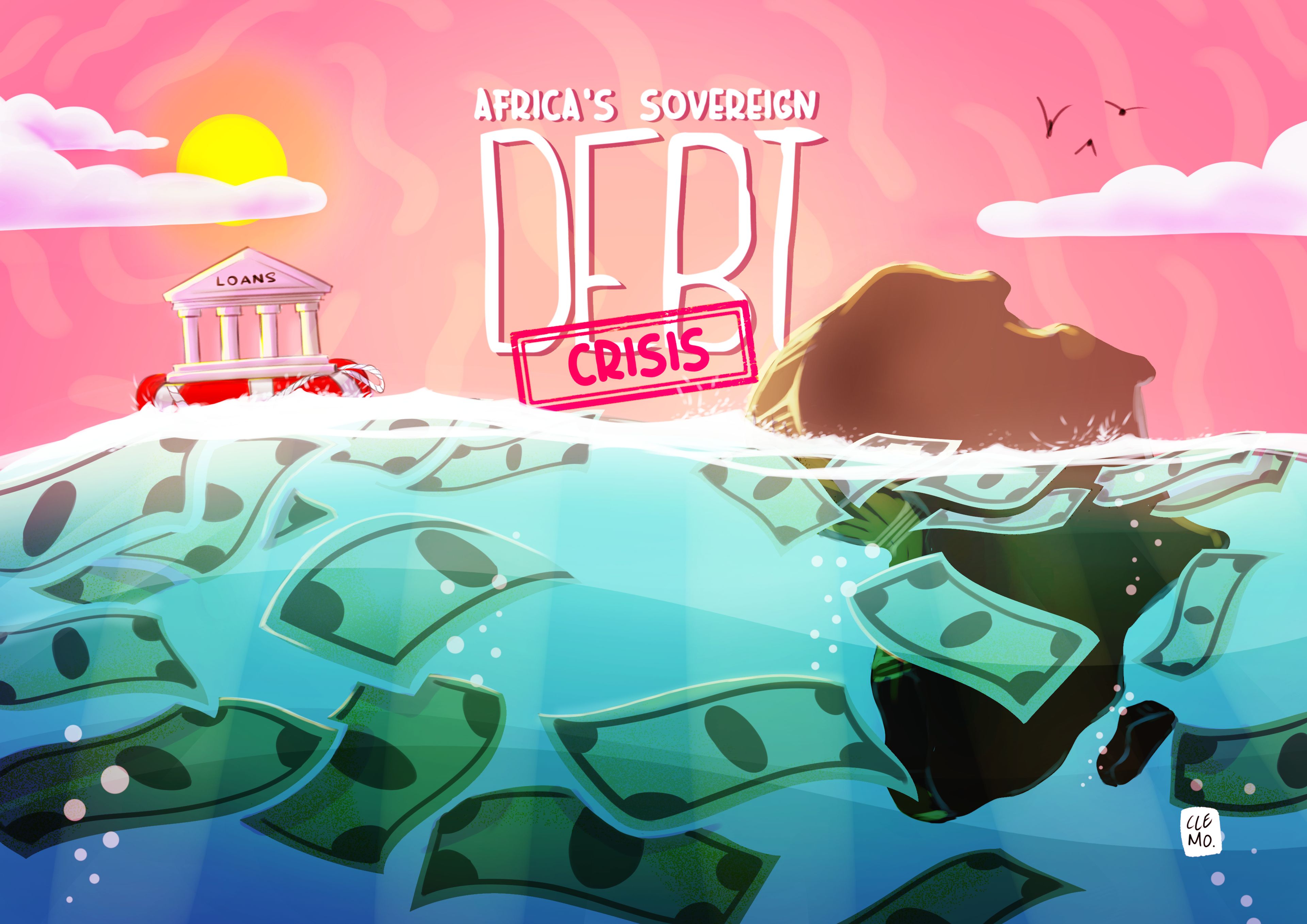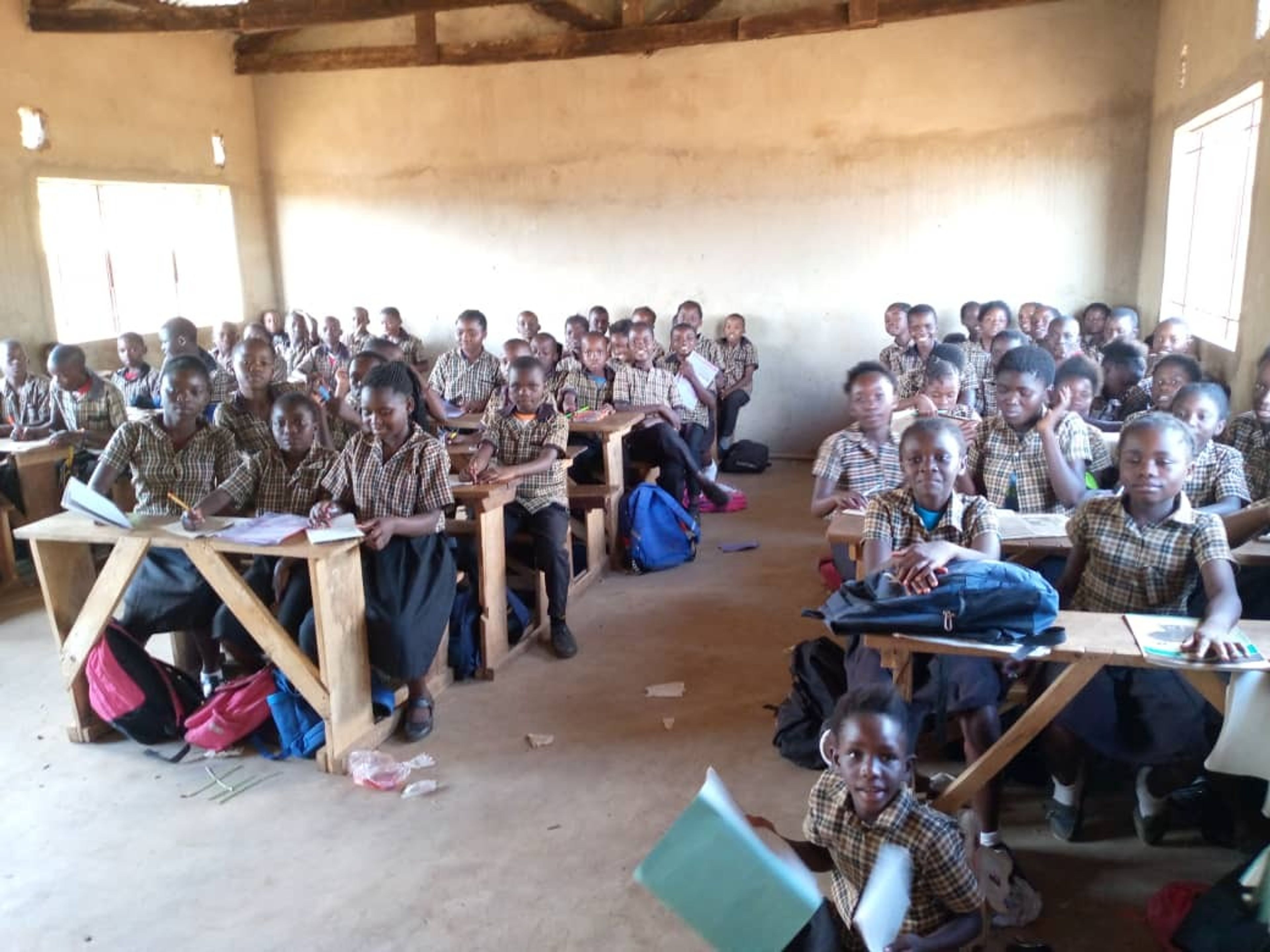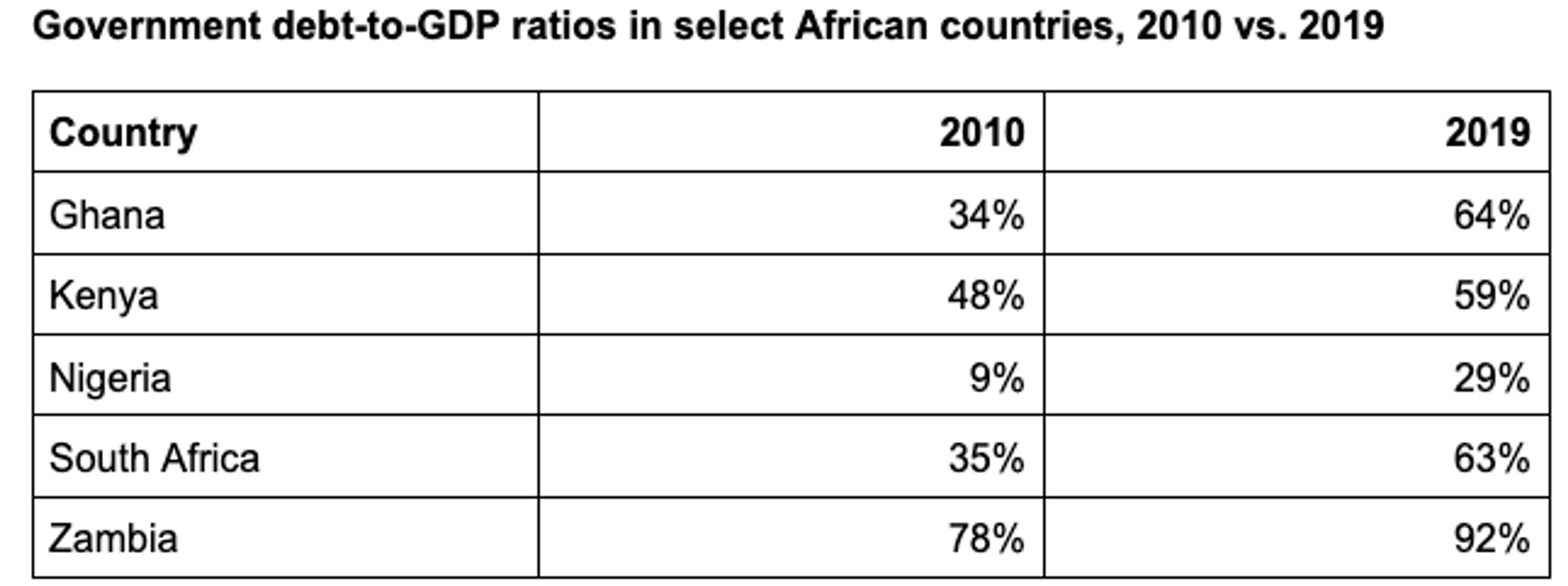EXPLAINER: The making of Africa's sovereign debt crisis - Part One

In June 2022, Finance Uncovered and the superb team at MakanDay Centre for Investigative Journalism reported on the shocking case of the Nadalitsika school in Chipata, Zambia.
This was a primary school in the south east of the country close to the border with Malawi where temperatures regularly reach over 30C. But to the dismay of parents, the school authorities asked the children to start bringing their own water to class.
Why? Because the school could no longer afford to power the water pumps after the government suspended electricity vouchers.
It was a startling microcosm of a crisis gripping the country, the so-called “sovereign debt crisis” in which debts owed by governments creates severe financial shocks.
This is a topic usually covered by the business pages of newspapers and lofty economic journals, but the dire implications of the crisis on the lives of many Africans have made it headline news, as Finance Uncovered and Makanday have shown.
Last month, the Kenyan government announced that it had spent more money in the first nine months of the year repaying debt than it had on paying the salaries of government employees. This staggering admission reflects how decisions relating to government borrowing have an enormous impact on the lives of citizens.
Many Africans are now seeing how past decisions are forcing their governments into impossible choices like choosing whether to honour their debt obligations or providing vital services to citizens.
This is why Finance Uncovered is paying such close attention to the issue.
This is the beginning of an investigation – and I want your help. I want to find case studies like the school in Zambia that really help tell the story. We want to identify who, if anyone, may have gained from this crisis. And we want to shine a light on those who may be responsible.

Young pupils at the Nadalitsika Primary School in Zambia (Photo: MakanDay Centre for Investigative Journalism)
What is sovereign debt?
While the situation appears to have exploded overnight, it’s been building for some time. Sovereign debt simply refers to the debt incurred by governments. Like citizens, governments borrow for multiple reasons, but the overarching idea is to spread the cost of expensive public infrastructure - that will generate economic or social benefits - over a long period of time. Think of the capital required to build dams, highways, hospitals and schools, which all require large upfront investments. Borrowing allows governments to undertake multiple projects at once and spread the cost over the life of the infrastructure. And many governments took out huge loans believing high prices their oil, gas and minerals were fetching on international markets would make repayments straightforward.
That all sounds logical and necessary, so what happened?
Even before the Covid-19 pandemic began in early 2020, many African countries were carrying relatively higher debt burdens. The table below shows sharply rising government debt-to-GDP ratios, which measures government debt as a percentage of the total size of an economy.

(Source: Trading Economics)
Another contributor to the crisis relates to the type of borrowing countries have undertaken in the past decade. Many larger economies are able to borrow from their citizens via domestic borrowing. This typically involves issuing bonds in the local currency that pay a fixed rate of interest. This gives the government precision when preparing its budget - it knows the exact amount of money required to repay the debt in the future.
A bond?
Yes, it’s basically a promise by the government to pay back money at the end of a fixed term, usually a number of years. An investor buys a bond (usually from the treasury of the country concerned), thereby creating a loan that can be used as the government sees fit. In return, the investor receives a certificate that describes the amount of interest that will be received (this is usually paid twice a year) until the bond “matures.”
This is when the government returns the amount of money borrowed at the beginning.
An investor is not required to hold the bond over the full term: they can sell it or buy others as bonds are freely tradeable and have their own market prices.
In South Africa’s case, the local bond market is so big the government can source virtually all its borrowing by issuing bonds to large investors like banks and pension funds. Most African countries do not have this luxury and must turn to international lenders to meet the difference. This means taking loans or issuing bonds in a foreign currency, something referred to as external debt.
As can be seen in the graph below Africa’s external debt, which comprises different types of borrowing in foreign currency, rose by a staggering $500bn in the 10 years to the end of 2020. This meant that the continent’s external debt was growing faster than their economies, with the debt-to-GDP ratio rising from about 45% to 70% over the same period.
Africa's external government debt, 2011 - 2020

(Source: United Nations report by the Office of the Special Adviser on Africa, 2022.)
Is that a good thing?
No. The World Bank considers debt-to-GDP ratios above 64% for developing countries as unsustainable. Not only that, but an important factor in understanding Africa’s debt crisis must include changes in the composition of the borrowing.
The best type of external debt has been concessional loans where, for instance, a country will borrow from a multilateral financial institution (MFI), like the African Development Bank, on a project-by-project basis. Concessional loans have easy repayment terms attached to them which include low, fixed interest rates - in many cases under 1% per year.
These low rates sound extremely generous, I am getting suspicious…
No need to be. Concessional loans are attached to projects that meet some developmental agenda, for which MFIs and wealthy countries (through their development agencies) are more than happy to lend money on cheap terms. The latter is referred to as bilateral lending (or country-to-country).
What are commercial loans?
These are loans given on commercial terms where the lender, which is often a bank or consortium of banks, intends to generate a profit from the loan. Many of the loans extended by China’s Export Import Bank to fund the construction of infrastructure falls into this category.
The loans typically have higher interest rates and are variable, meaning that the interest can move up or down over the life of the loan. Commercial loans have become a major source of funding for African countries in the past decade.
You mentioned bonds earlier - are the 'bondholders' in the graph the same thing?
Similar, but not the same. The graph is referring to Eurobond issuance. The name confuses everyone because it is typically a bond issued in Europe (hence “Euro”) but the primary currency of the loan is the US dollar. While the interest rate is fixed at the time of issuance, it has to be high enough to entice international investors to buy them. Over the last decade, international investors have been very interested in buying the bonds because they pay more interest than what the same investors could get from buying bonds in the developed world, or by keeping the money in the bank.
But then the economic shock stemming from Covid and the war in Ukraine happened!
What next…?
We hope by unpacking some of the jargon that it becomes easier to see what’s happened and who has been affected. In the case of Zambia, the government has been forced to cut expenditure on vital services - like electricity vouchers for primary schools - as it attempts to repay its debts.
In the coming weeks, I plan to write regularly on the topic. I’ll be exploring how the sovereign debt bomb was lit during the pandemic, and I’ll also take time to examine the situation facing individual countries, including Ghana, Zambia and Kenya.
* Please email me at [email protected] if you'd like to help me investigate this subject with tips, suggestions, contacts and advice. Thank you.
* More about Warren Thompson here.
* Artwork: Clement Kumalija